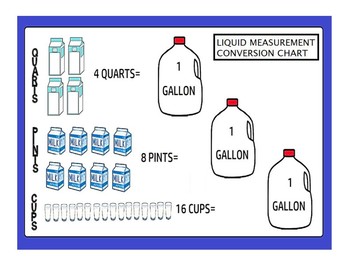

ECIG emissions can be predicted using physical principles, with knowledge of puff topography and a few ECIG device design parameters. These results were predicted well by the theoretical model (R (2) = 0.99).ĭepending on puff conditions and product features, 15 puffs from an ECIG can provide far less or far more nicotine than a single tobacco cigarette. Higher nicotine concentration and higher voltages resulted in higher nicotine yields. Use the correct type of measuring tool for each because they were. In quart unit of capacity in the British Imperial and U.S. Puff velocity had no effect on nicotine yield. Liquids, or fluids, are measured differently from the way you measure dry ingredients. Experienced ECIG user profiles (longer puffs) resulted in higher nicotine yields relative to the tobacco smoker (shorter puffs). Nicotine yields from 15 puffs varied by more than 50-fold across conditions. A theoretical model was also developed to simulate the ECIG aerosol production process and to provide insight into the empirical observations. Measuring Liquid Ingredients To measure milk, water, oil, broth, and other liquids, pour the liquid into a liquid measuring cup (those clear cups with a handle, a pouring spout, and measurements marked on the side), with the cup on a level surface.
LIQUID MEASUREMENTS DOWNLOAD
These math conversion tables are free to download or print out. Spoon the ingredients into the measuring cup or spoon and level them off. Output voltage (3.3-5.2 V or 3.0-7.5 W) and e-liquid nicotine concentration (18-36 mg/ml labeled concentration) were varied. Here is our Liquid Measurement Chart for converting between liquid measures. This study addresses how these factors can influence ECIG nicotine yield.Īerosols were machine generated with 1 type of ECIG cartridge (V4L CoolCart) using 5 distinct puff profiles representing a tobacco cigarette smoker (2-s puff duration, 33-ml/s puff velocity), a slow average ECIG user (4 s, 17 ml/s), a fast average user (4 s, 33 ml/s), a slow extreme user (8 s, 17 ml/s), and a fast extreme user (8 s, 33 ml/s). These factors may include user puff topography, ECIG liquid composition, and ECIG design features. Understanding the factors that influence ECIG aerosol nicotine delivery is relevant to regulation, including product labeling and abuse liability. Some electronic cigarette (ECIG) users attain tobacco cigarette-like plasma nicotine concentrations while others do not.


 0 kommentar(er)
0 kommentar(er)
